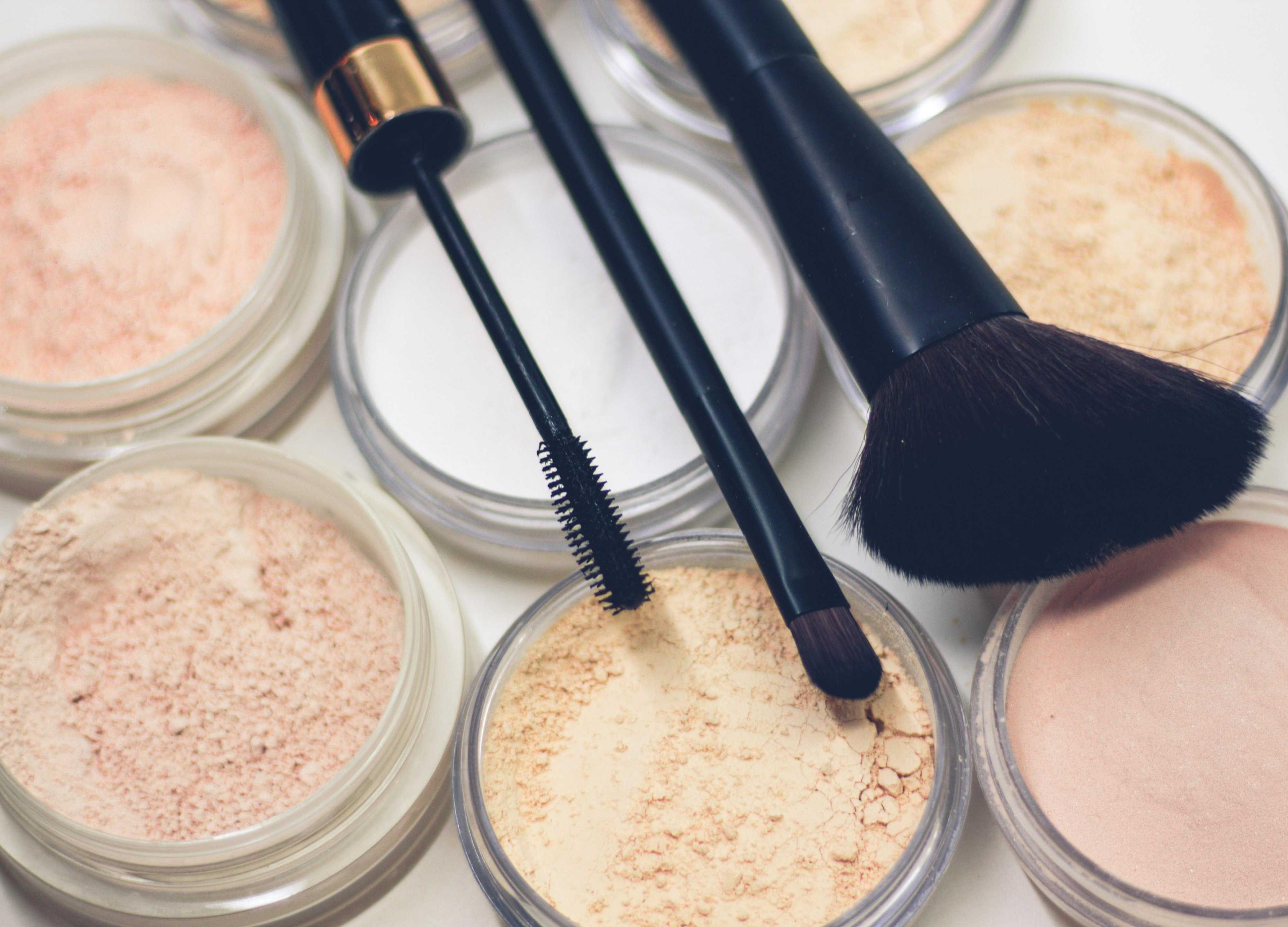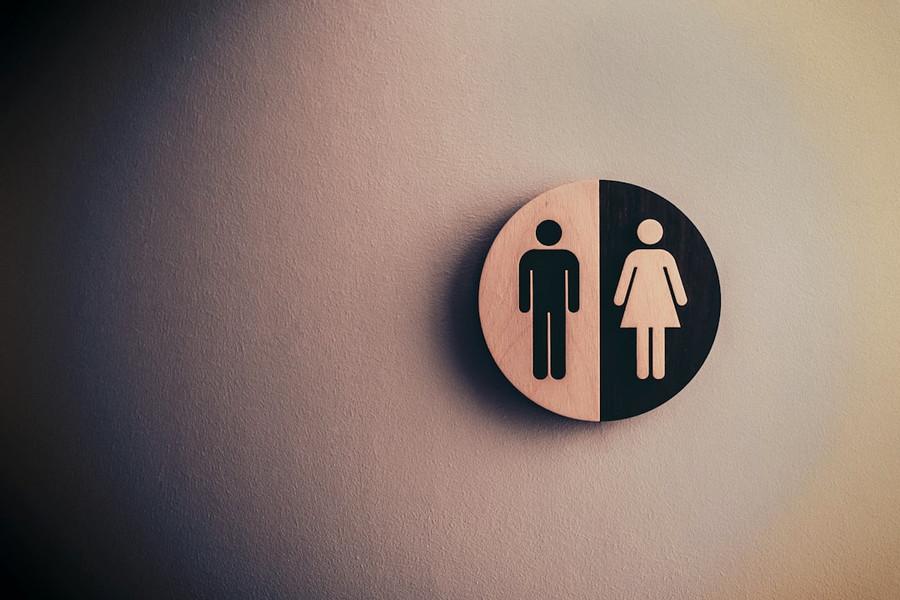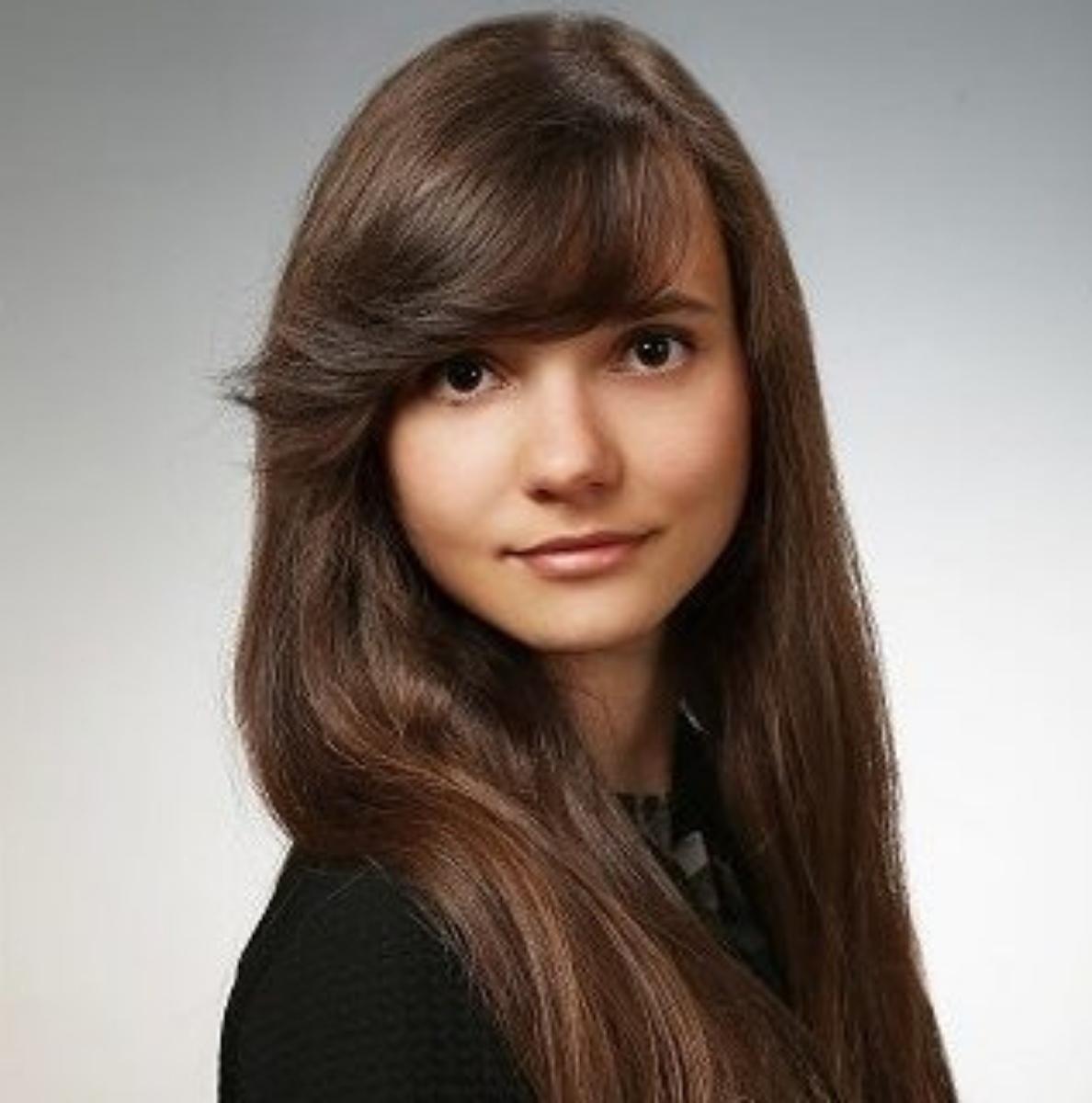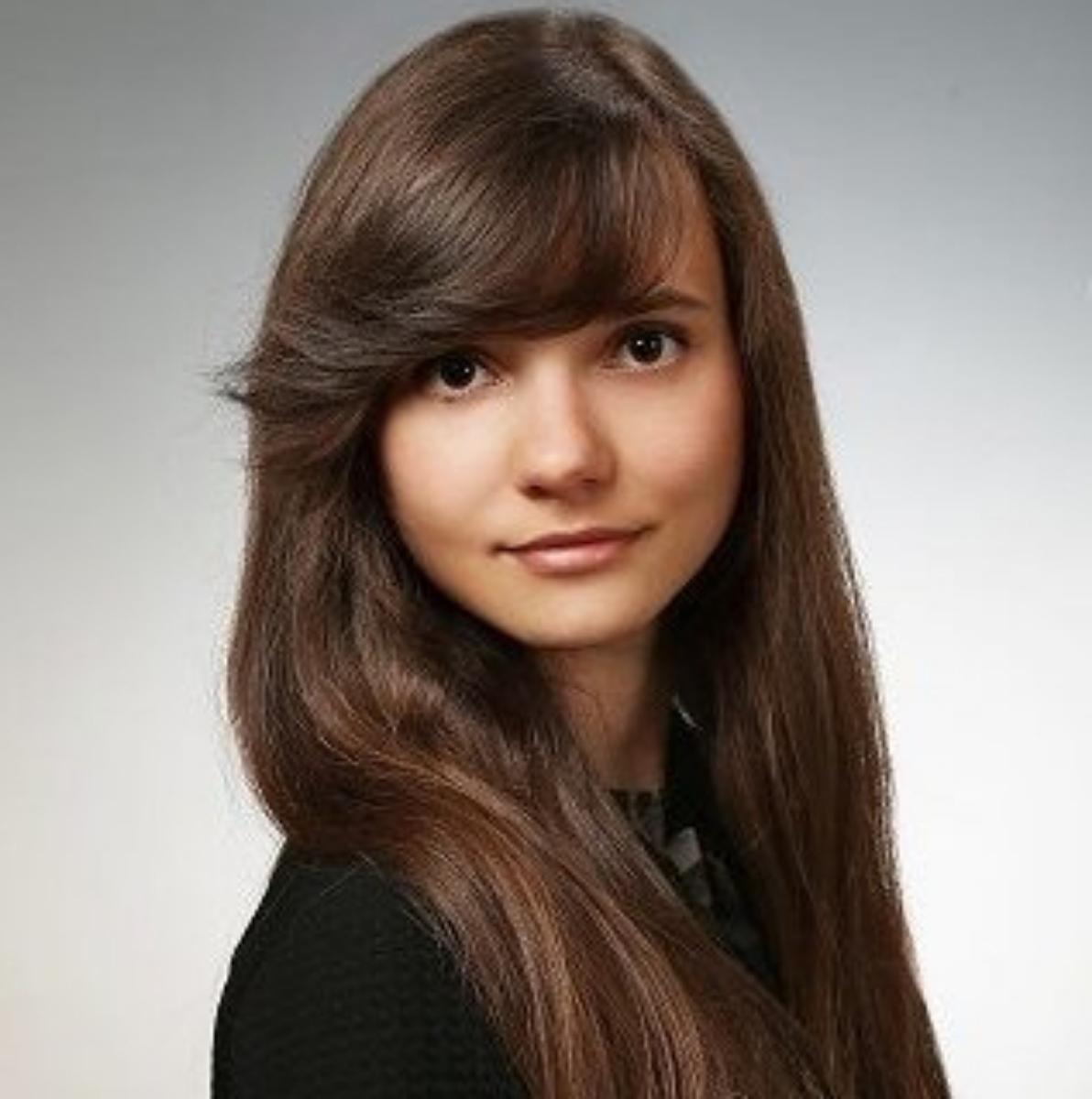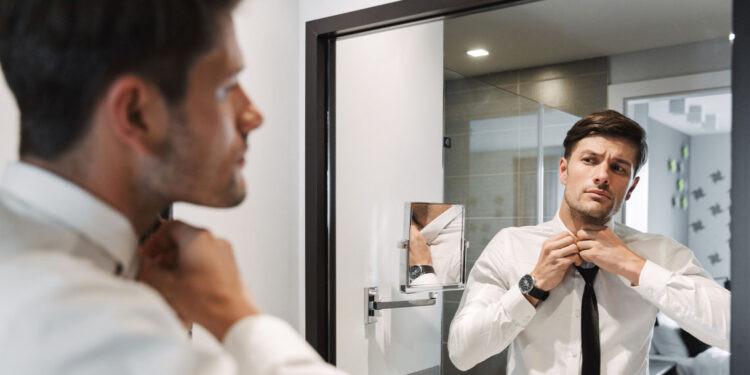A new psychology study reveals no sex differences in beauty investments
Curated from: psypost.org
Ideas, facts & insights covering these topics:
14 ideas
·4.69K reads
6
Explore the World's Best Ideas
Join today and uncover 100+ curated journeys from 50+ topics. Unlock access to our mobile app with extensive features.
Summary of article
Are there differences between men and women in terms of beauty-enhancing behaviors? According to new research published in Environmental Research and Public Health, there is an overlooked side to masculinity; women invest more time on cosmetic usage, whilst men spend more time exercising and bodybuilding.
45
810 reads
“There is this widespread belief that men have to wait for (eternity) hours until their female partners (finally) get ready. Usually, there is a kernel of truth in such shared worldviews because they often derive from actual world observations. But does such common knowledge perfectly reflect reality? As a woman myself, I always wondered if most women do indeed spend so much time on their attractiveness,”
MARTA KOWAL
41
618 reads
“Or maybe it is just the distorted image created by all the ads, Hollywood movies, and TV series? After all, many studies provide evidence that being perceived as physically attractive by others (and oneself) is beneficial in multiple ways, both for women and men. So do modern men ‘don’t even try’ to enhance their beauty because it is ‘only a female’ thing to do? Luckily, in moments of doubt, science comes in.”
MARTA KOWAL
41
407 reads
Stereotypes
Women are more likely to use make-up and personal care products to improve their appearances. This does not, however, preclude men from engaging in other behaviours that may improve their appearance, such as muscle building. The increased media focus on male physique in recent decades coincides with evolutionary theories that emphasise the role of male upper body strength in intra- and inter-sexual competition. Women, for example, have more positive attitudes toward muscle, which may explain why men are more interested in their muscularity.
43
407 reads
Research
Kowal and her colleague Piotr Sorokowski investigated how men and women attend to their appearances, as well as how much time each sex devotes to improving their appearances, in two studies. The first study recruited 121 people aged 18 to 49 using qualitative research methods. Participants were asked two open-ended questions, specifically: what do people do to improve their physical attractiveness? How do you improve your appearance?
41
337 reads
Common behaviours
The researchers narrowed down the responses to the eight most common beauty-enhancing behaviours participants shared, which included:
- make-up use
- cosmetic use
- cardio
- strength training
- hair grooming
- body cleaning
- hands grooming
- and mirror-checking to adjust one's image.
46
375 reads
Second Study
Study 2 enlisted 62 participants ranging in age from 20 to 67 and asked them to keep an online diary of their beauty-enhancing habits for one week. Thirty-three people responded to each of the outlined questions on all seven days, with the average number of daily diary entries being 3.76. On the first day, demographic information (age, gender, and education) was provided.
41
273 reads
Narcissistic Personality Inventory-13
Participants also completed the NPI-13 and indicated their self-perceived physical attractiveness (e.g., how attractive would you rate yourself?) and daily intensity of improving their appearances. The appearance-improving scale included eight questions that assessed the eight different types of beauty-enhancing behaviours identified in Study 1. Participants specifically indicated the number of minutes (ranging from 1 min to 6 hrs) they spent on each activity per day. Over the next six days, self-perceived physical attractiveness and daily intensity of improving appearances were also assessed.
43
240 reads
“First of all, our study highlights that ways to achieve a good look vary between both sexes. While in general women focus on stereotypically female activities that increase their appeal, such as putting on makeup, men may be more interested in more masculine activities, such as bodybuilding or even caring for their hair,”
MARTA KOWAL
41
239 reads
“Secondly, when we narrow the definition of beauty-enhancing behaviors only to those stereotypically perceived as female, unsurprisingly, women appear to spend more time improving their looks. However, when we broaden the definition to include various activities – including those stereotypically connected with masculinity, like cardio or physical exercise – the sex difference might decrease or even disappear!”
MARTA KOWAL
41
208 reads
The researcher added, “Modern masculinity is evolving. It becomes culturally more and more acceptable for men to admit they want to look physically attractive and attend to their attractiveness.” With regard to study limitations, she noted, “Although our study is innovative, as it utilizes a diary design (i.e., participants filled the diary each day for seven days, reporting all the activities they performed on the given day that were aimed to increase their attractiveness), the sample size warrants caution when drawing any general conclusions."
43
190 reads
"Future studies should investigate this matter on larger and more diverse samples. To address the limitations of this study, my team and I conducted large cross-cultural research on physical-enhancing behaviors. We recruited 107,715 participants from 175 countries, so please, stay tuned for the results of this research!”
MARTA KOWAL
41
187 reads
“We observed that individuals who perceive themselves as more (vs. less) attractive spend more time improving their looks. As our study is correlational in nature, future research could investigate what a cause is (and what is a consequence). For example, is it that the belief of one’s attractiveness stems from intensified self-care, or instead being beautiful leads to increased efforts to preserve one’s beautifulness? Or perhaps, they are so interrelated that it is like this conundrum: ‘Which came first: the chicken or the egg?’.”
MARTA KOWAL
42
162 reads
Link to access the research
The research, “Sex Differences in Physical Attractiveness Investments: Overlooked Side of Masculinity”, was authored by Marta Kowal and Piotr Sorokowski.
43
244 reads
IDEAS CURATED BY
CURATOR'S NOTE
New research showing that beauty investments do not differ between men and women
“
Ethan 's ideas are part of this journey:
Learn more about communication with this collection
Strategies for promoting inclusivity
How to address unconscious bias
How to create a diverse and inclusive workplace
Related collections
Similar ideas
5 ideas
4 ideas
Is My Voice Attractive?
thecut.com
3 ideas
Why Do We Wear Makeup? The Science Behind Makeup Obsession
scienceofpeople.com
Read & Learn
20x Faster
without
deepstash
with
deepstash
with
deepstash
Personalized microlearning
—
100+ Learning Journeys
—
Access to 200,000+ ideas
—
Access to the mobile app
—
Unlimited idea saving
—
—
Unlimited history
—
—
Unlimited listening to ideas
—
—
Downloading & offline access
—
—
Supercharge your mind with one idea per day
Enter your email and spend 1 minute every day to learn something new.
I agree to receive email updates
